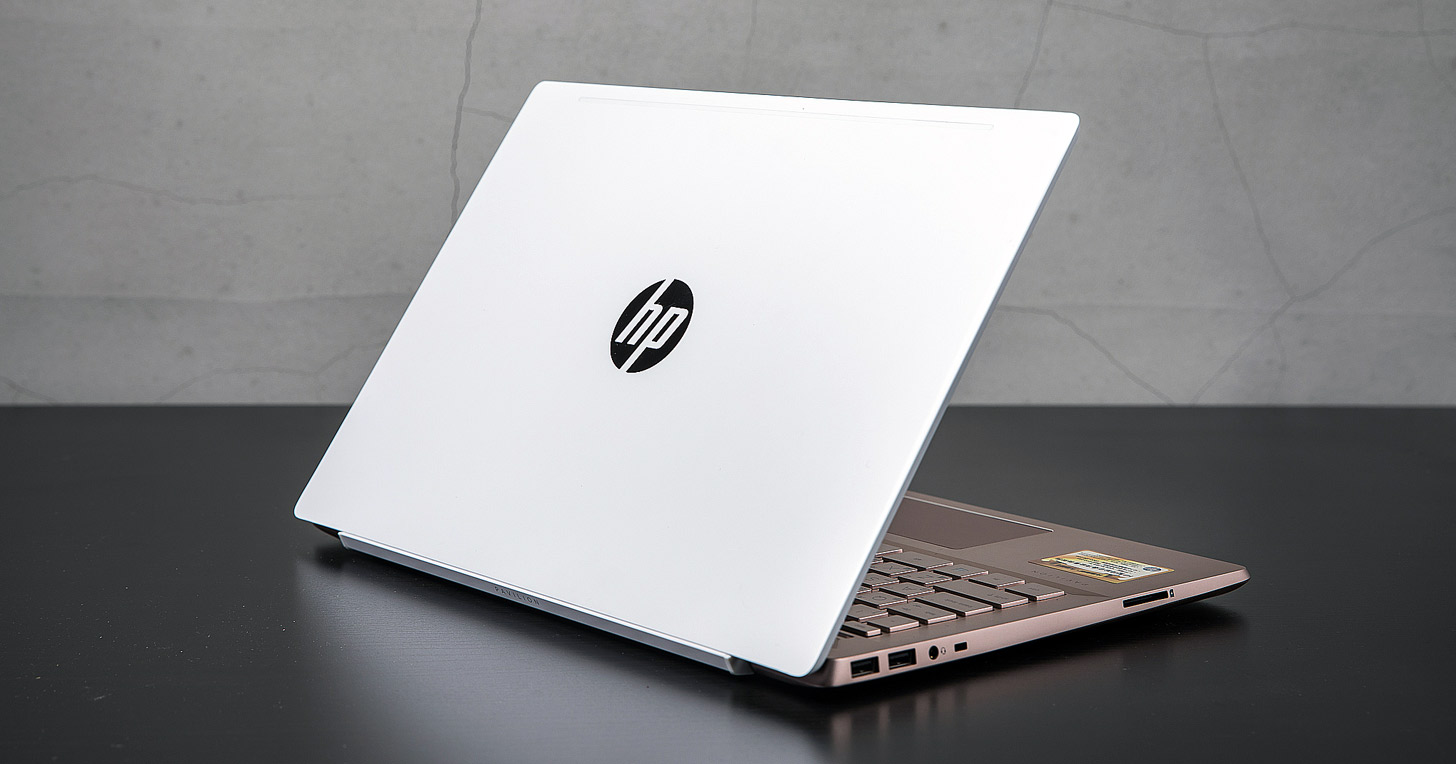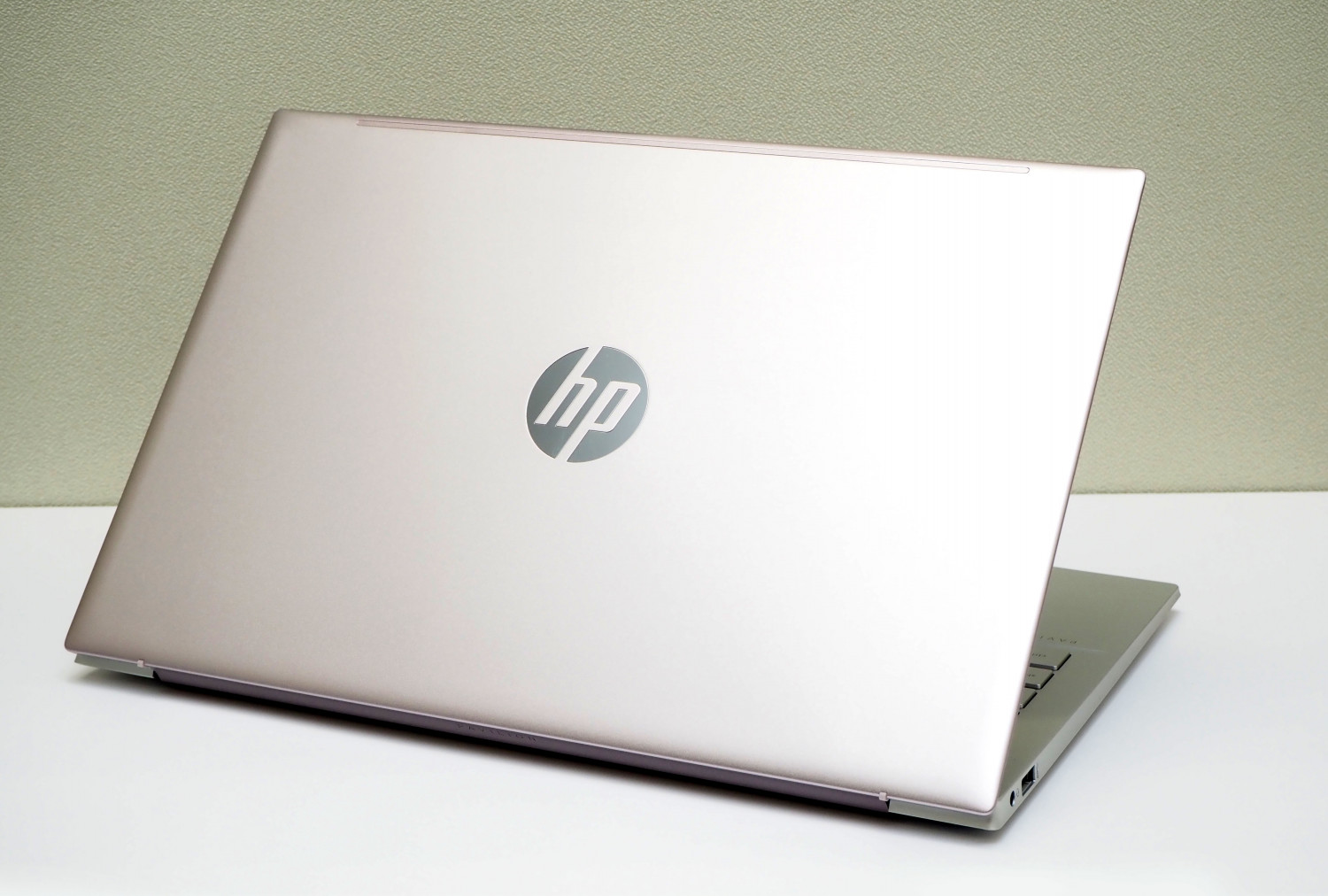Resetting an HP laptop can be a necessary step in various scenarios: when the system becomes unresponsive, when it’s overrun by viruses, when performance has degraded significantly, or when you’re looking to sell or give it away. This comprehensive guide will walk you through the steps to reset your HP laptop back to its factory settings, ensuring that you understand what the process involves, how to prepare for it, and how to execute it effectively.
Understanding the Types of Resets
Before you proceed with the reset, it’s essential to understand the different types of resets available and what each type entails.
Soft Reset vs. Hard Reset
A soft reset, often referred to as a restart, is a basic reset that clears out the laptop’s RAM and is typically used to resolve minor software glitches or updates. A hard reset, on the other hand, is more drastic. It restores the laptop to its original factory settings and erases all data, including files, programs, and settings made by the user.
Choosing the Right Reset for Your Situation
If your laptop is just running slow or encountering minor errors, a soft reset may suffice. However, if you’re experiencing persistent issues, selling your laptop, or dealing with malware, a hard reset is the recommended choice. Always back up important data before performing any kind of reset, especially a hard reset.

Preparing for a Hard Reset
Proper preparation can make the hard reset process smoother and ensure that you don’t lose any vital data or encounter unnecessary challenges.
Backing Up Your Data
Begin by backing up all your important documents, photos, music, and other data onto an external hard drive, cloud storage, or both. Make sure that you have access to any necessary software installation files and product keys post-reset.
Charging or Plugging in Your Laptop
To prevent your laptop from turning off in the middle of the reset process due to battery issues, either fully charge your laptop ahead of time or keep it plugged into a power source during the reset.

Executing the Reset Process on an HP Laptop
With your data backed up and your laptop powered, you’re ready to proceed with the actual reset process.
Accessing the System Recovery Environment
Power off your HP laptop. Then, turn it back on and immediately press the F11 key repeatedly until the “Choose an option” screen appears. This will take you to the system recovery environment.
Following the Steps to Reset Your HP Laptop
Once in the recovery environment, select ‘Troubleshoot’ from the options presented. Then choose ‘Reset this PC’ and select ‘Remove everything’ to perform a full factory reset. If given the option, select ‘Just remove my files’ for a quicker reset, or ‘Remove files and clean the drive’ if you’re planning to sell or donate the laptop. The latter option is more secure as it makes data recovery by the next user difficult. Follow the on-screen prompts to complete the reset. The process may take a while, and the laptop will restart several times.

After a Successful Reset
After the reset is complete, there is still work to be done to get your HP laptop back up and running optimally.
Reinstalling Applications and Restoring Data
Reinstall any applications that you had previously, using the installation media or files you gathered earlier. Then, restore your backed-up data to your laptop, being careful to organize it as you go.
Updating the Operating System and Drivers
Once the reset is complete and your system is up and running, check for Windows updates to ensure that your operating system is up to date with all the latest security patches and performance improvements. Visit HP’s official website to find and install any necessary drivers specific to your laptop model.

Optimizing Your HP Laptop After a Reset
Once the reset process is complete and you have a clean slate, it’s an opportune moment to optimize your laptop for the best future performance.
Setting Up User Preferences and Security Settings
Begin by personalizing your user settings. Adjust system preferences such as power settings, display brightness, and keyboard functionality according to your needs. Don’t forget to set up new user accounts if necessary. Also, prioritize setting up your security settings; install a reliable antivirus program, enable the firewall, and consider setting up a VPN for additional online security. Take advantage of any built-in security features such as Windows Hello or HP’s proprietary security software to further secure your device.
Debloating and Updating Software
Often, laptops come with pre-installed software that you might not need, known as bloatware. After a factory reset, remove any unwanted software to prevent it from consuming system resources. Next, ensure all your installed applications, including productivity tools, browsers, and any other third-party software, are up to date with the latest versions. Regularly checking for software updates is vital for security and functionality, as updates often include patches for vulnerabilities and offer new features.

Maintaining Your Reset HP Laptop for Longevity
A successful reset can give your HP laptop a new lease on life, but ongoing maintenance is key to preserving its performance over time.
Regular Data Backups and Cleanups
Develop a habit of regularly backing up your data to avoid the potential loss in future. Schedule regular cleanups using built-in utilities like Disk Cleanup and Storage Sense to keep your hard drive free from unnecessary clutter. Uninstall apps you no longer use, and periodically review your files for any that can be archived or deleted.
Monitoring System Health and Performance
Keep an eye on your laptop’s performance and health by checking the Task Manager for unusual activity and ensuring that your cooling system is functioning properly to prevent overheating. Running HP’s hardware diagnostics tools periodically can also help you spot potential issues before they turn into problems. Additionally, consider using optimization software to manage your laptop’s resources more effectively.
In conclusion, resetting your HP laptop is a powerful tool for troubleshooting issues, improving performance, or preparing your device for a new stage in its lifecycle. Remember that a hard reset will wipe all data from the system, so backing up your files is critical. By following the steps outlined in this ultimate guide, you can perform the reset confidently, ensuring that your laptop is restored to its factory settings and ready for use or transfer to a new owner. Regular maintenance and updates post-reset will keep your laptop running smoothly for the long term.